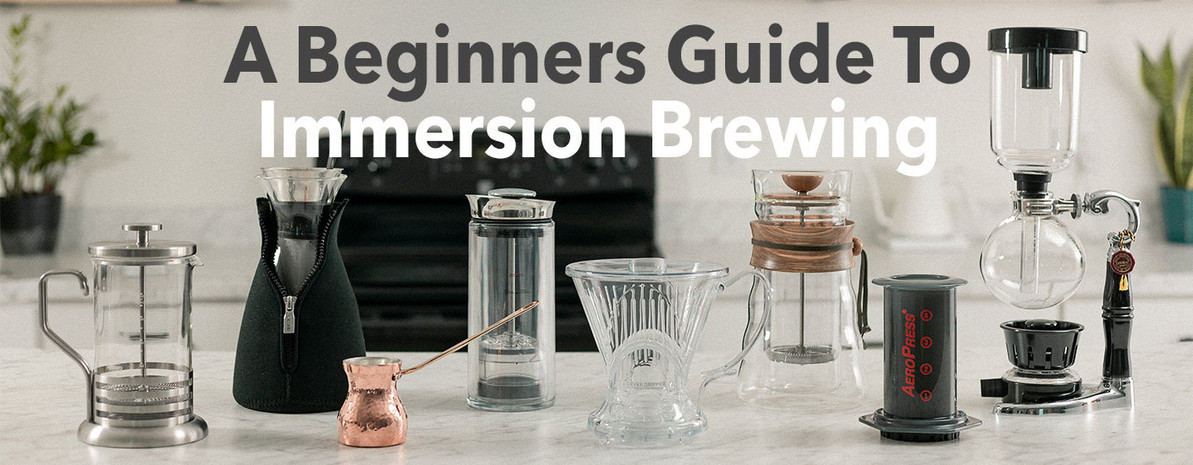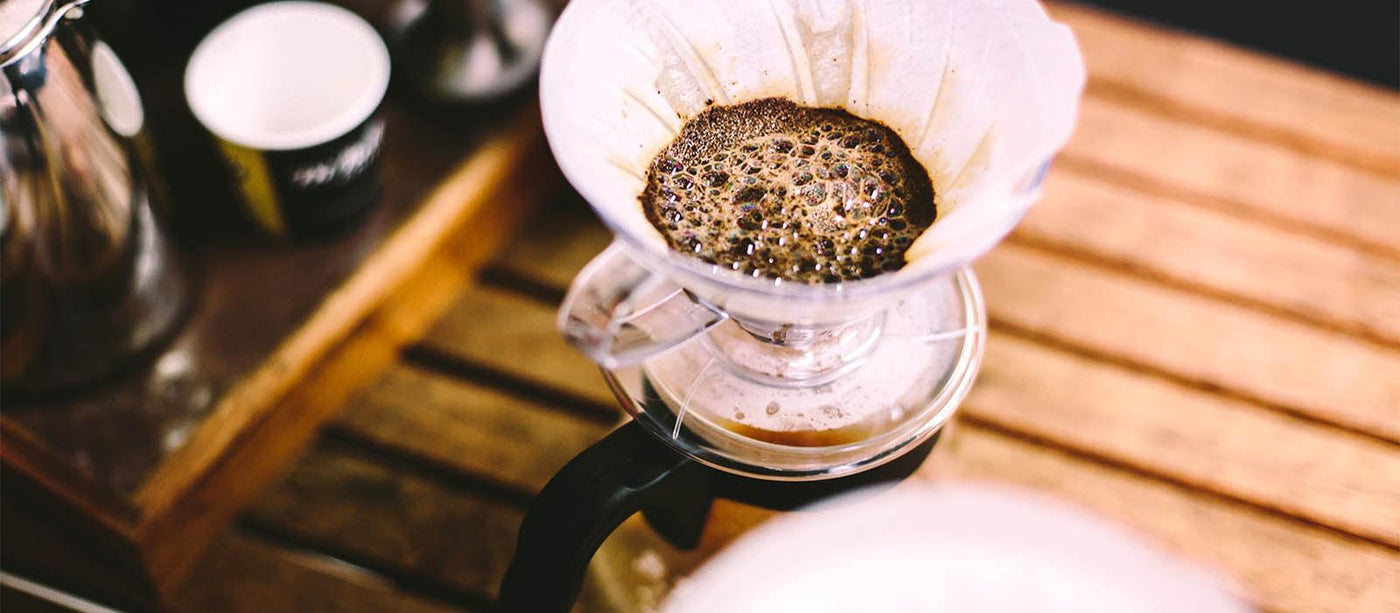The Science Behind Coffee Brewing: How Temperature and Time Affect Your Beverage
Understanding the science behind coffee developing discloses that temperature level and time are not simple variables however essential aspects that dictate the beverage's taste account and general quality. The optimal developing temperature level normally drops between 195 ° F and 205 ° F, while the duration of removal differs considerably across various techniques. This interplay of factors can cause a cup that is either frustrating or wonderful. As we explore the subtleties of these aspects, the concern occurs: how can one properly balance temperature and time to attain that best brew?
The Chemistry of Coffee Removal
The chemistry of coffee extraction dives right into the elaborate procedures that transform raw coffee beans right into the aromatic drink taken pleasure in worldwide. This transformation mostly includes the solubility of different substances present in the beans, which are affected by factors such as work dimension, water quality, and the developing approach utilized.
Throughout the developing process, warm water functions as a solvent, removing soluble compounds, consisting of high levels of caffeine, lipids, acids, and sugars, from the coffee grounds. Each substance adds to the flavor profile, fragrance, and body of the last beverage. Acids are accountable for appetizing and brilliant notes, while oils add to an abundant mouthfeel.
The first stages of brewing extract acids and sugars, leading to a pleasurable acidity, while extended extraction can lead to bitterness due to over-extraction of unfavorable substances. Recognizing these chemical communications is essential for maximizing brewing methods, as the equilibrium in between removal time and water temperature level can dramatically affect the general quality of the coffee.
Ideal Developing Temperatures
Discovering the best developing temperature level is vital for unlocking the complete capacity of coffee flavors and fragrances - coffee brewing methods. Research study indicates that the optimum variety for brewing coffee exists between 195 ° F to 205 ° F(90 ° C to 96 ° C) Within this array, the removal process properly dissolves the preferable soluble compounds in coffee beans, leading to a well balanced and tasty cup
Developing at reduced temperatures, such as listed below 195 ° F(90 ° C ), may cause under-extraction, producing an acidic and weak brew with low-key flavors. Alternatively, brewing at temperature levels surpassing 205 ° F(96 ° C) can lead to over-extraction, creating a bitter and harsh taste because of the too much dissolution of unfavorable substances, such as tannins.
Moreover, the excellent brewing temperature level can differ depending on the coffee bean kind and roast degree. Lighter roasts commonly benefit from somewhat greater temperatures to boost their intricate taste accounts, while darker roasts might be much better fit to lower temperatures to mitigate resentment.
Eventually, preserving accuracy in developing temperature levels is vital for attaining an unified equilibrium of tastes, making certain that every mug of coffee supplies an enjoyable sensory experience.
Influence of Developing Time
Developing time plays a crucial duty in figuring out the taste account and general quality of coffee. The extraction process, which affects the preference, scent, and body of the beverage, is largely based on for how long the coffee premises touch with water. Much shorter brewing times can result in under-extraction, leading to a weak or sour taste, as inadequate soluble substances are dissolved. On the use this link other hand, prolonged developing can bring about over-extraction, where unwanted compounds are released, causing an astringent or bitter taste.
Optimal developing time varies depending on the technique used and the work size of the coffee. For example, a French press normally needs about 4 minutes, while coffee extraction is normally completed within 25 to 30 secs. It is essential to adjust brewing time in combination with other variables, such as water temperature and coffee-to-water proportion, to attain the wanted flavor profile.
Understanding the effect of developing time allows coffee fanatics to fine-tune their developing techniques, eventually enhancing the sensory experience of their cup (coffee brewing methods). With mindful attention to this variable, one can open the complete potential of the coffee, exposing its unique attributes and subtleties
Brewing Techniques and Their Results

For example, methods like French press and chilly brew permit a much longer steeping time, leading to a fuller body and durable taste because of raised removal of oils and soluble solids. Alternatively, coffee developing makes use of high stress and a much shorter removal time, creating a concentrated shot that highlights intense tastes and a rich crema.
Pour-over techniques, such as Chemex or V60, supply a more controlled removal procedure, permitting the brewer to manipulate circulation price and water circulation, which can enhance brightness and clarity. Percolation techniques cycle water with the coffee premises several times, leading to a more powerful, often bitter taste.
Last but not least, the usage of paper filters versus metal filters can also impact the last taste; paper filters typically produce a cleaner mug by capturing oils and great fragments, while metal filters allow more oils to travel through, adding to a fuller mouthfeel - coffee brewing methods. Recognizing these nuances can raise the coffee experience dramatically
Tips for Refining Your Mixture
A well-executed mixture can change even the simplest coffee into an exceptional experience. Grind the beans just prior to brewing to make the most of freshness, making certain the grind size matches your developing technique-- coarser for French press and finer for espresso.
Water high quality plays a crucial role; use filtered water devoid of pollutants. The optimal developing temperature varies between 195 ° F and 205 ° F(90 ° C to 96 ° C ) Too warm can scorch the coffee, while too great may under-extract tastes.
Timing is his explanation equally essential. For immersion approaches, soaking for three to 5 mins is ideal, whereas drip approaches typically take about 5 minutes. Explore mixture times to discover your preferred strength.

Verdict
In recap, the intricate relationship in between temperature and time is paramount in the coffee brewing procedure. Complying with ideal developing temperatures in between 195 ° F and 205 ° F, along with specific timing tailored to every technique, guarantees the desired taste account is attained. Understanding these scientific concepts empowers individuals to refine their developing view it now techniques, inevitably leading to an extra satisfying and balanced coffee experience. Proficiency of these variables is necessary for any kind of coffee lover seeking quality in their drink.
Recognizing the science behind coffee developing exposes that temperature level and time are not simple variables but crucial components that dictate the drink's flavor account and general top quality. Comprehending these chemical communications is vital for optimizing developing techniques, as the balance in between extraction time and water temperature can considerably affect the overall high quality of the coffee.Brewing time plays an essential duty in identifying the taste profile and general top quality of coffee. By focusing on these aspects-- bean top quality, grind size, water temperature level, soaking time, and ratio-- you can raise your coffee developing procedure, resulting in a regularly premium cup.
In summary, the complex partnership between temperature and time is extremely important in the coffee developing process.